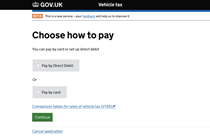It used to be that you had to stand in line at the Post Office to tax our cars, which could be a proper hassle. So the prospect of being able to deal with it from the comfort of your home is very appealing indeed. And, since 2008, you’ve been able to do exactly that, buying your car tax on the web. Not sure how? Here’s our guide on how to tax a car online.
It is still possible to tax your car at the Post Office, but the process remains something of a chore. You need the car tax reminder letter (V11) sent out to you, or find your car’s V5C registration document. And that’s before you pay for parking and standing in a queue. It’s even more of a hassle if you own more than one car.
Doing it online is so much easier. You just visit the DVLA (Driver and Vehicle Licence Agency) website and follow a few steps to tax you car; you can also fill out a Statutory Off Road Notification (SORN) if you’re not going to be using your car for a while. It’s a free service that’s open 24 hours a day.
Can you tax my car online without paperwork?
Yes, you can apply for car tax (technical known as Vehicle Excise Duty) without documents – you used to need the car’s V5C registration document, plus the MOT and insurance certificates. In 2014, car tax discs were abandoned, so you no longer have any visible evidence that your car is taxed. That’s not to say you can drive a car without it being taxed. Anyone can check to see if your car is taxed, especially the police, and if you’re caught driving without it, you’re uninsured and liable for a fine of up to £1,000.
But there’s no excuse for not keeping your car taxed. Checking when it’s due is a few clicks away, and paying for online is very simple. You don’t need any documents to hand, the system automatically checks the records to make sure your car is MOT’d and insured.
You do, however, still need you car’s V5C, V11 tax reminder letter or the new keeper slip if you’ve just bought it. That’s because there’s an 11-digit reference number on those documents that’s unique to your car. You can also use the car’s registration number, but there are some a.
How much road tax should I pay?
The amount of tax you to pay, known as the vehicle excise duty (VED) rate, depends on the age of your car. Car’s that are more than 40 years old are classed as Historic and don’t incur any tax. Other cars registered up until 2001 are taxed according to their engine size. Cars registered between 2001 and 2017 are taxed on their CO2 emissions.
Cars registered since 2017 incur a CO2-based ‘first-year’ VED charge when brand new, then a flat rate is charged in subsequent years. On top of that, cars that cost more than £40,000 incur an additional charge for some years. Sounds complicated, and it is. Fortunately, we have a full guide to VED that makes it all much easier to understand.
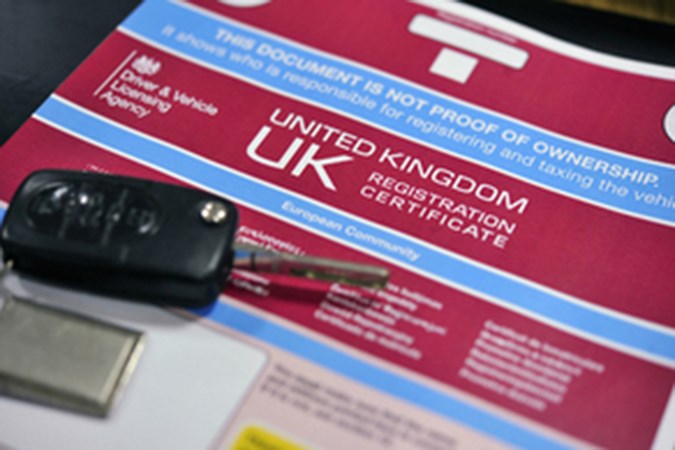
How to tax your car online
It’s a very simple process that takes just a couple of minutes. Here’s a step-by-step guide that takes you through it.
1: Visit the DVLA website
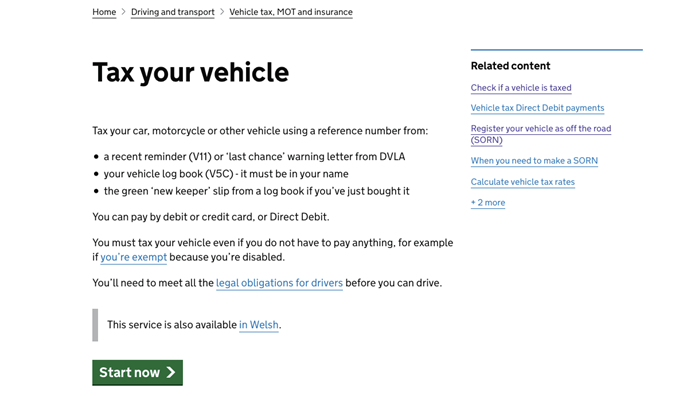
The page you need can be found on the DVLA website. It’s where you go if you’re taxing a car for the first time, or renewing it. Pressing the ‘start now’ button takes you to a screen asking if you have a tax reminder letter in your name. Pressing yes or no takes you through to the next screen.
2: Fill in your car’s details
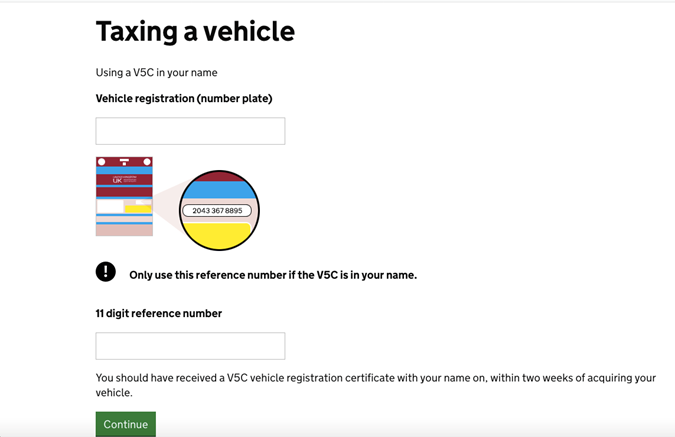
The second screen asks if you have a tax reminder letter. If you do, then enter the reference number. If not, you’re taken to a screen that lists other types of document you may have. Click on any of them and the next screen asks for a different reference number and, in some cases, the car’s registration number.
You can’t tax a car with the registration number alone. If you don’t have any of the documents specified, you need to register the car in your name. Remember that you can’t drive a car if it’s not taxed.
3: Choose how to pay

If you already own the car, you’ll be directed to the ‘choose how to pay’ page. If not, you’ll have to enter your name and address so that you can set up your ownership of the car.
How to pay for car tax
There are plenty of payment options for car tax. Unless your car is in the zero-rated or £20-a-year category, you can pay monthly via direct debit. For those who’s cars fall into the gas guzzler category, this is a welcome move, as spreading the cost of a large annual tax bill can make life considerably easier. Especially if your tax needs renewing in December.
If you pay by direct debit, payments continue automatically for as long as the car is MOT’d, until you cancel the direct debit or inform the DVLA that you no longer have the car. However, be aware there is a 5% charge for paying monthly or six-monthly, and you don’t get to choose the payment date when initially applying for the car tax.
You can, of course, make a one-off lump sum payment using your debit or credit card if you prefer. However, you well have to do that every time. If you have a car that’s tax exempt or incurs a charge of £0.00, you still have to ‘buy’ it so that the car is properly recorded on the DVLA’s system.
4: Your car is taxed
And that’s it! With all your details entered, your car is now taxed. The DVLA site will confirm you have paid, and if you’ve set-up a direct debit, details of payments and dates will be displayed on the screen. Make sure to take a note of this information.
How do I renew my car tax online?
If you’re paying monthly, your car tax will auto renew every year, assuming your car is still taxed and MOT’d – in theory. Make sure you keep updated on the government website if you pay by direct debit, as tax rates change yearly. Doing so will prevent confusion about payment adjustments upon automatic renewal.
Otherwise the process is very straightforward, you’ll receive a renewal letter a month or so before you’re due to tax the car again.
A couple more things…
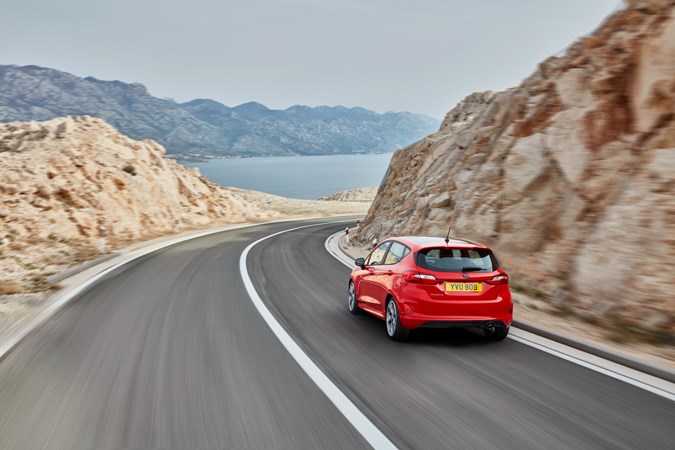
It’s also worth noting that when you sell your car, you need to inform the DVLA as soon as you can, as you’ll continue paying the tax until the new owner registers it. That’s fine for 99.9% of the time, but there are the odd times when a less than scrupulous new owner might not choose to register it… and if anything happens, and you’ve not told the DVLA, you’ll be liable.
You can tell the DVLA you’ve sold a car online. That way, your car tax will be cancelled automatically, and a refund (where applicable) issued to you, but remember that refunds are only given for full calendar months remaining.
Declaring your car SORN online
If your car is off the road, but you’re keeping it, you need to complete a Statutory Off Road Notification (SORN). As long as it’s off the road and you’re not using it, you don’t need to pay car tax on it, although we recommend you keep it insured.
There’s a page to declare your car SORN on the DVLA website, and we recommend using this if you know you are going to have your car off the road for any period of time, such as when you have a convertible just used in the summer months, or a classic that’s only driven at certain times. It takes seconds, and means you avoid paying fines for having an untaxed car.
Just so you know, we may receive a commission or other compensation from the links on this website - read why you should trust us.







